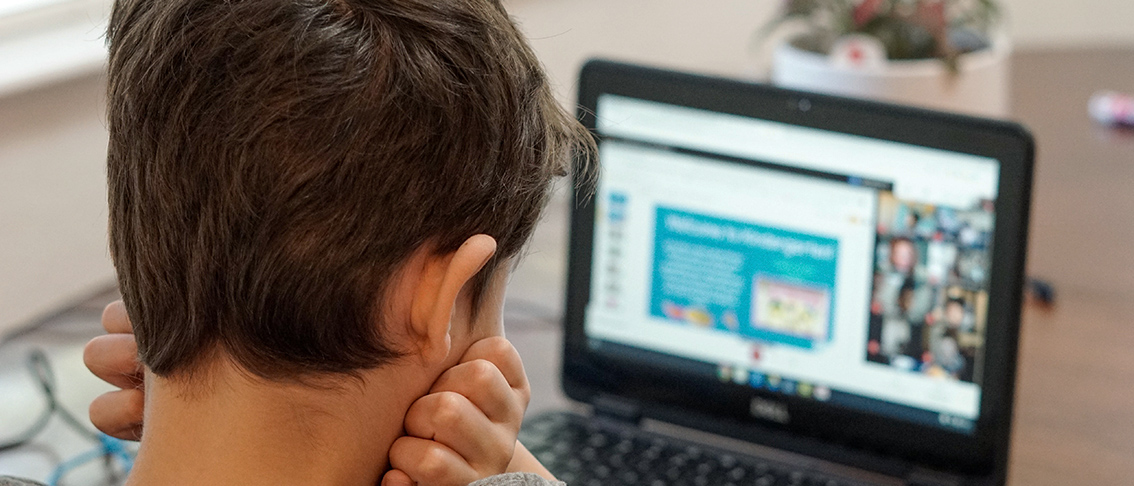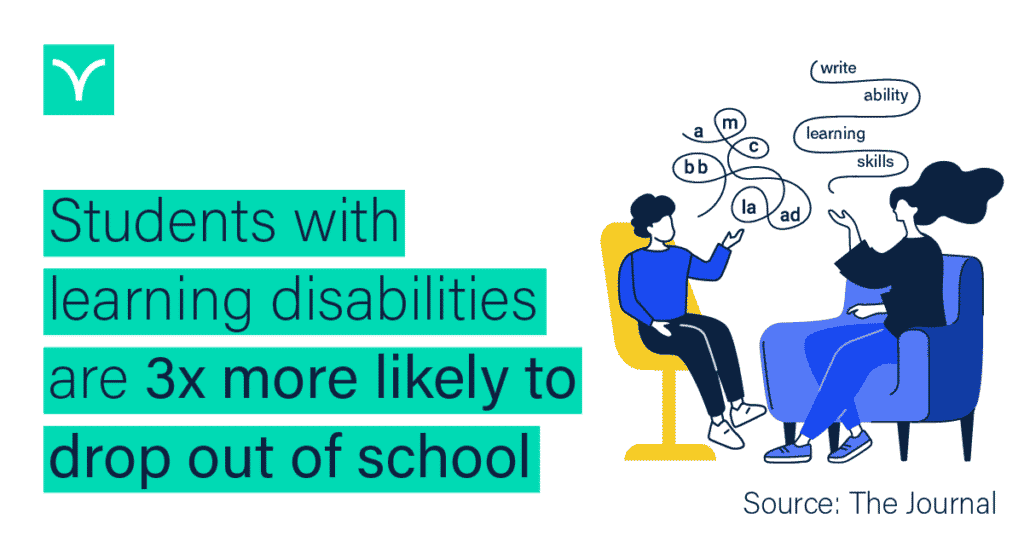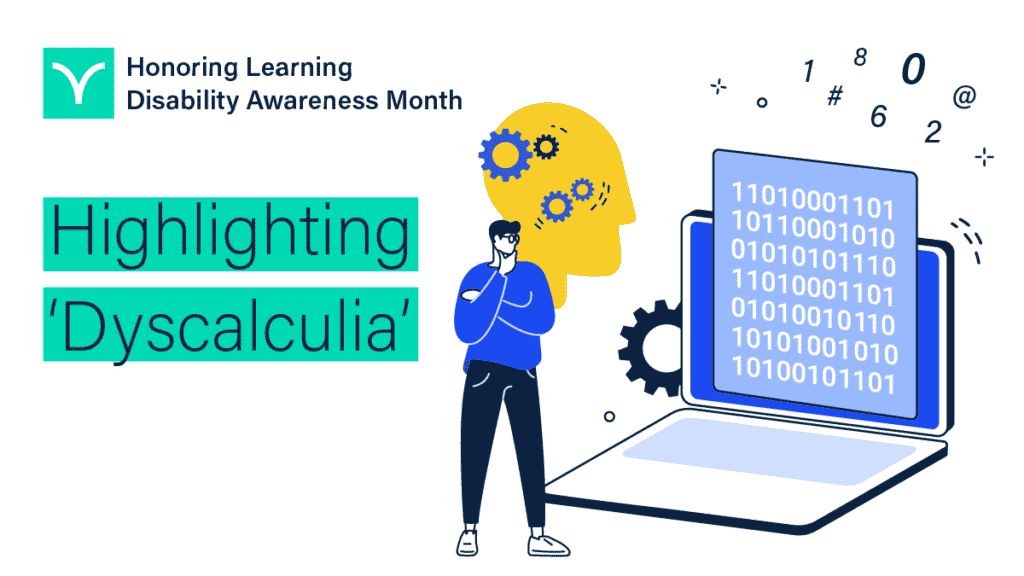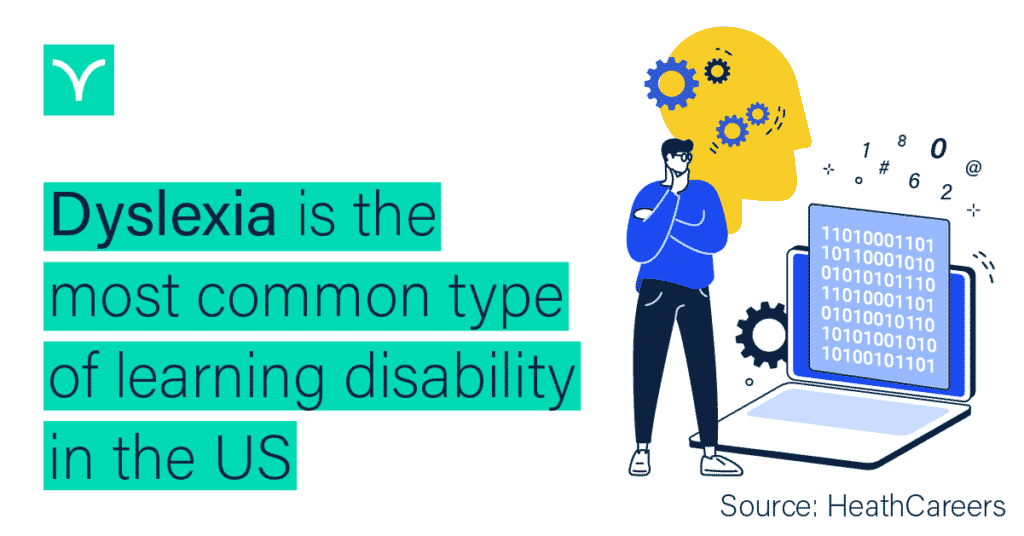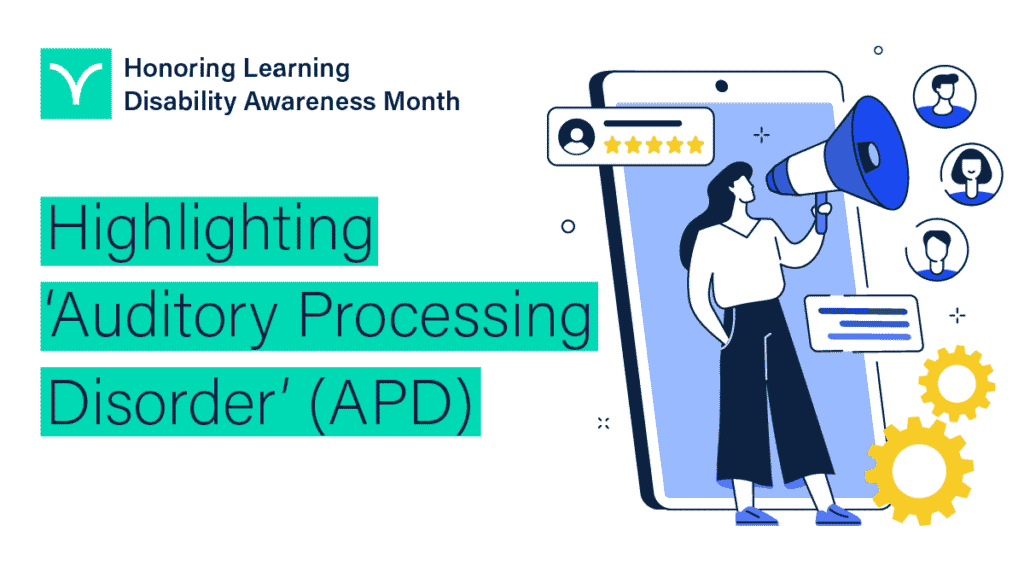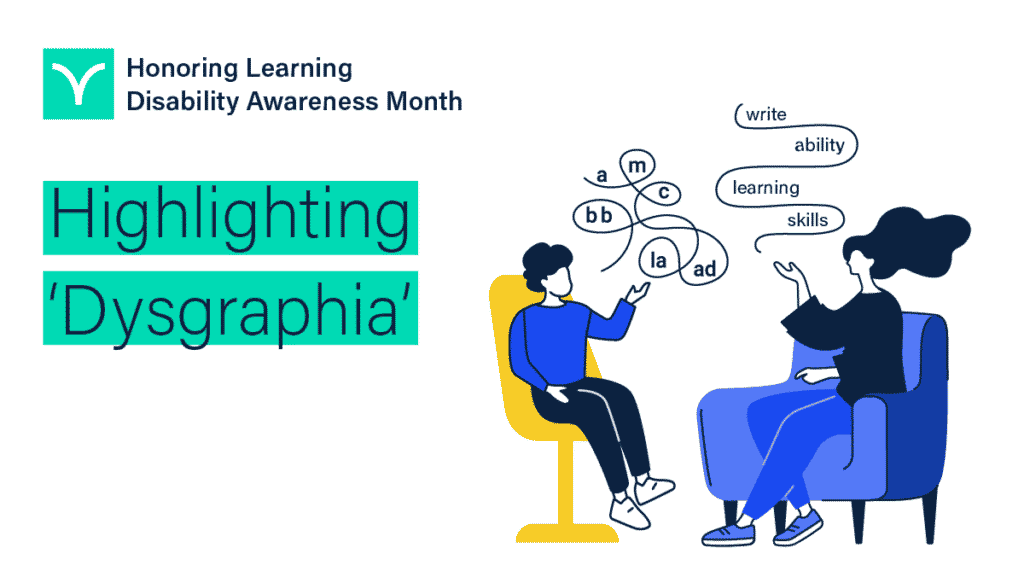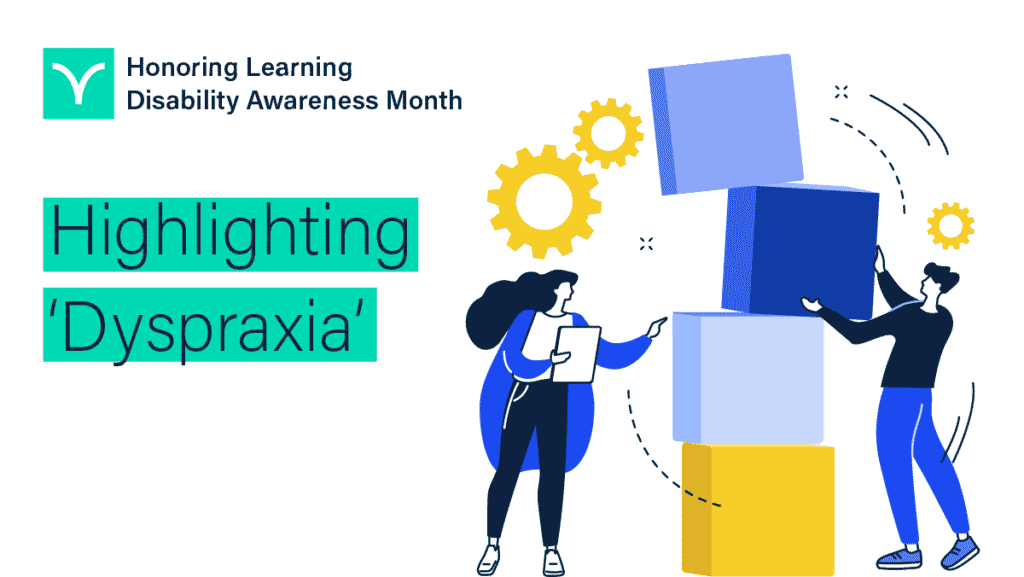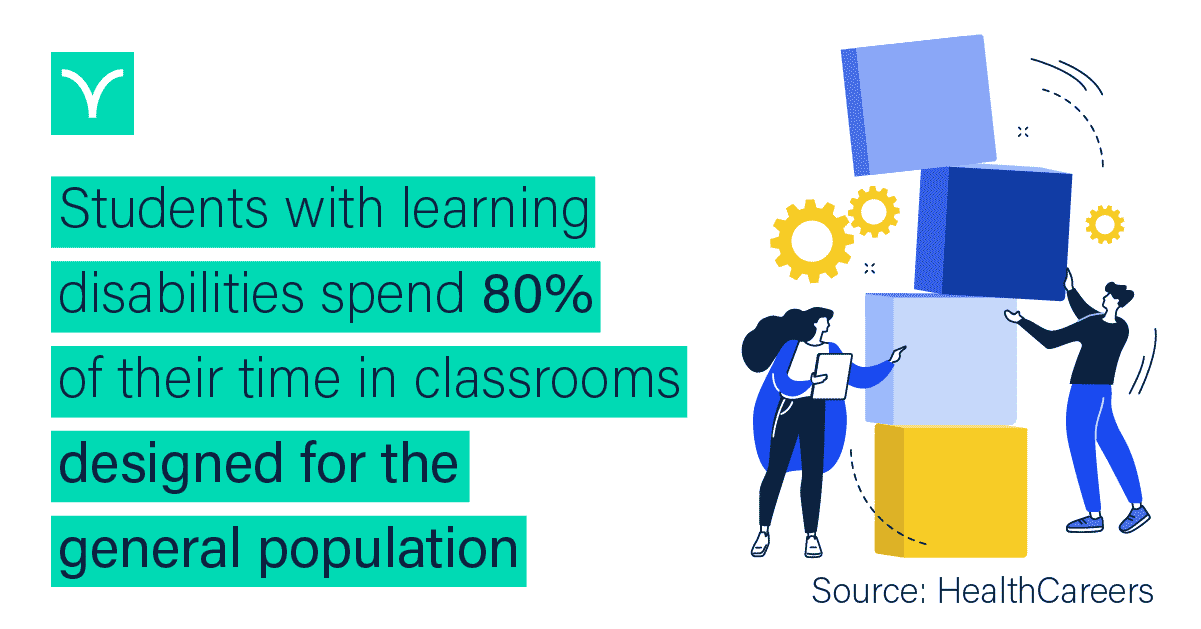Learning disabilities affect a large number of the US population with 1 in 5 young students navigating learning or attention issues. In honor of Learning Disabilities Awareness Month, it’s important to be aware of the diversity learning disabilities that exist. There are undoubtedly many individuals that struggle day-to-day without a diagnosis and tailored support, and there’s more that K-12 schools and universities can do to support learners.
Learning disabilities are often misunderstood. Some teachers even believe that attention or learning issues are due to laziness.
“There’s little bit of a misunderstanding about learning disability,” said Cindy Cipoletti, Esq., Executive Director, The Learning Disabilities Association of America. “If you’re in this field, you understand that learning disabilities, they’re neurobiological. It’s a different way that you process information, it’s not an intellectual disability. If you’re not necessarily in this and you don’t know a lot of this, sometimes employers, schools, even parents can confuse learning disabilities with intellectual disabilities and they’re not the same thing… There are a lot of students that are both learning disabled and gifted.”
In order to help students with learning disabilities thrive, educators must be aware of the different learning needs that exist, as well as effective methods for providing support.
1. Dyscalculia
3-7% of children and adults have dyscalculia and those who have it may be at risk for developing other learning disabilities. Dyscalculia can cause an individual to struggle with understanding numbers, comprehending new equations or making sense of higher level math concepts.
To help learners with dyscalculia, educators should take time to sit down with the student to gain a greater understanding of their needs. Having a conversation is just the beginning of the process—providing the right tools and accommodations are key to ensuring their success long-term. Learning tools like providing a calculator, interactive math games and offering extra time to complete work are some useful strategies that can be used.
2. Dyslexia
Individuals with dyslexia often have trouble reading, spelling and memorization, including struggling to remember the names of people and places. This condition affects approximately 20% of the population and represents the largest subset of individuals with learning disabilities.
As with all disabilities, early screening and diagnosis is a key factor in helping individuals with dyslexia. When building an accommodation plan for a student, educators should take advantage of technologies that offer students multiple ways of ingesting information. Useful assistive technologies include note taking software, speech-to-text captioning like the one offered by Verbit, and audio recording devices that allow students to record and revisit material after a class session has ended.
3. Auditory Processing Disorder (APD)
Auditory Processing Disorder (APD) is a rare condition that affects an individual’s ability to process and make sense of sounds. Although it has a connection to hearing, APD is not considered a form of hearing loss. Learners with APD can struggle to retain auditory information like a teacher’s classroom lecture, audio content from video or spoken conversations with others.
To address the needs of those with APD, many schools are offering students closed captioning on videos and real-time captioning for classroom lectures. Providing textual versions of spoken content can give students with APD the ability to learn and comprehend in a format that they are readily able to learn from. Speech language and educational therapy is often given to students in combination with these assistive tools.
4. Dysgraphia
Between 10-30% of children struggle with dysgraphia, a condition that affects a person’s ability to write, spell and express themselves through writing. Because writing represents a significant part of a student’s education, dysgraphia can have a significant impact on a person’s daily life if not treated appropriately.
Educators can make the writing process for students with dysgraphia easier by providing individualized handwriting and spelling instruction to students. Instructional exercises such as tracing letters with pencil erasers or having students write a letter after reading it out loud are some of the many techniques being used in classrooms.
5. Dyspraxia
Dyspraxia is a condition that affects an individual’s ability to control their movements, balance and motor skills. Tasks like writing, typing or even cooking can be difficult for a person with Dyspraxia to execute. It affects up to 10% of the population, with males being affected 4 times more often than females.
Occupational and physical therapy is often used to treat symptoms of dyspraxia. Individuals with dyspraxia often need accommodations like speech-to-text technology to provide transcription of videos shown in their courses. These transcriptions greatly support students who struggle with taking notes due to fine motor difficulty.
LDs often don’t exist in a silo
“A lot of these sometimes don’t just exist in a silo, they overlap each other and they affect each other,” said Cipoletti.
“The captioning for students with learning disabilities, it’s going to assist, [but] maybe not those students who struggled to read because the captioning aspect it’s going to come up on the screen and students that are struggling to read might have trouble with the time. But if that can be transcribed in addition to captioned, then that’s something again, that’s going to help those students. It’s going to help students that struggle with comprehension because they need to hear and see things more frequently and they need to go slower and to be able to have that. Then students with dysgraphia to be able to not have to necessarily write down what they’re seeing, but to be able to have that captioned or transcribed for them, that makes a huge difference as well,” she said.
Better assist students with learning disabilities
It’s one of Verbit’s missions to dispel misconceptions about students with learning disabilities and help others gain a deeper understanding of their unique needs.
Verbit provides useful captioning, transcription and audio description technologies that can help support all learners, including those with learning disabilities. Get in touch with us to learn more.
